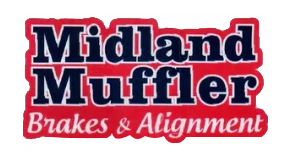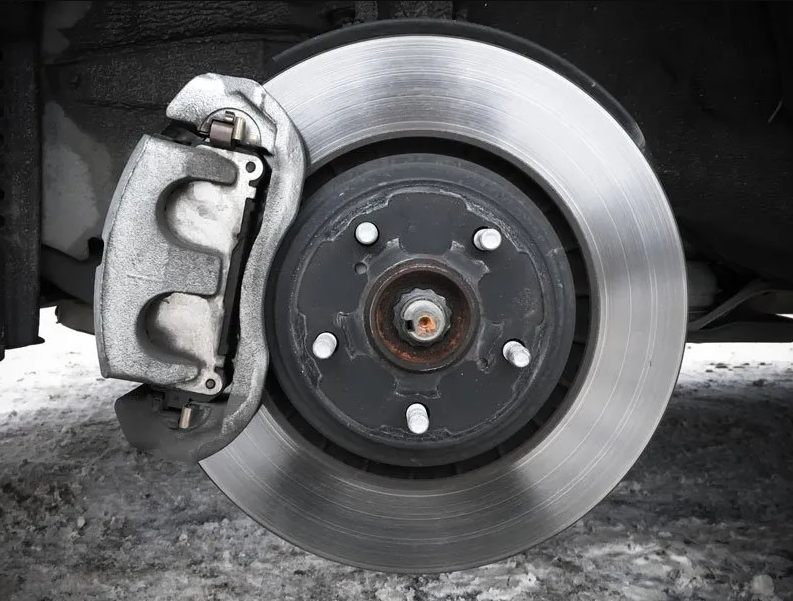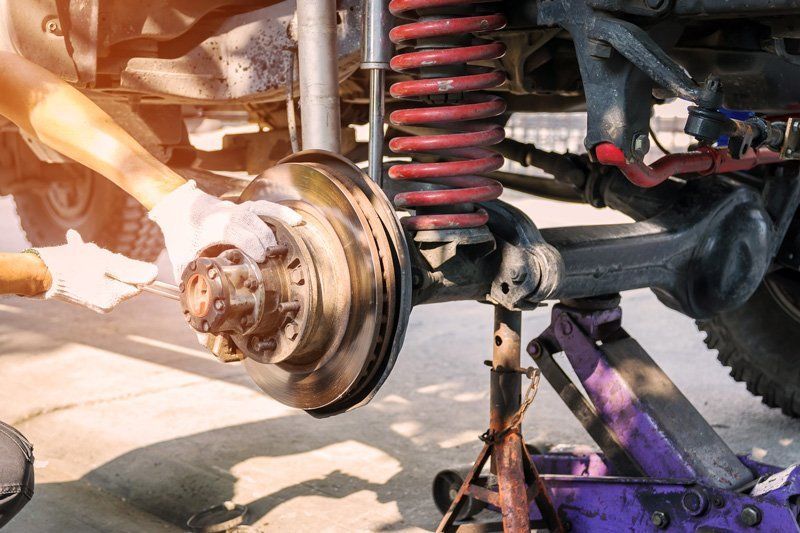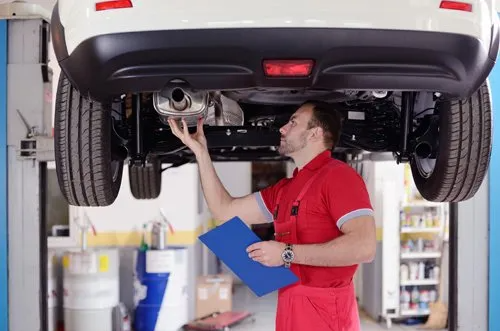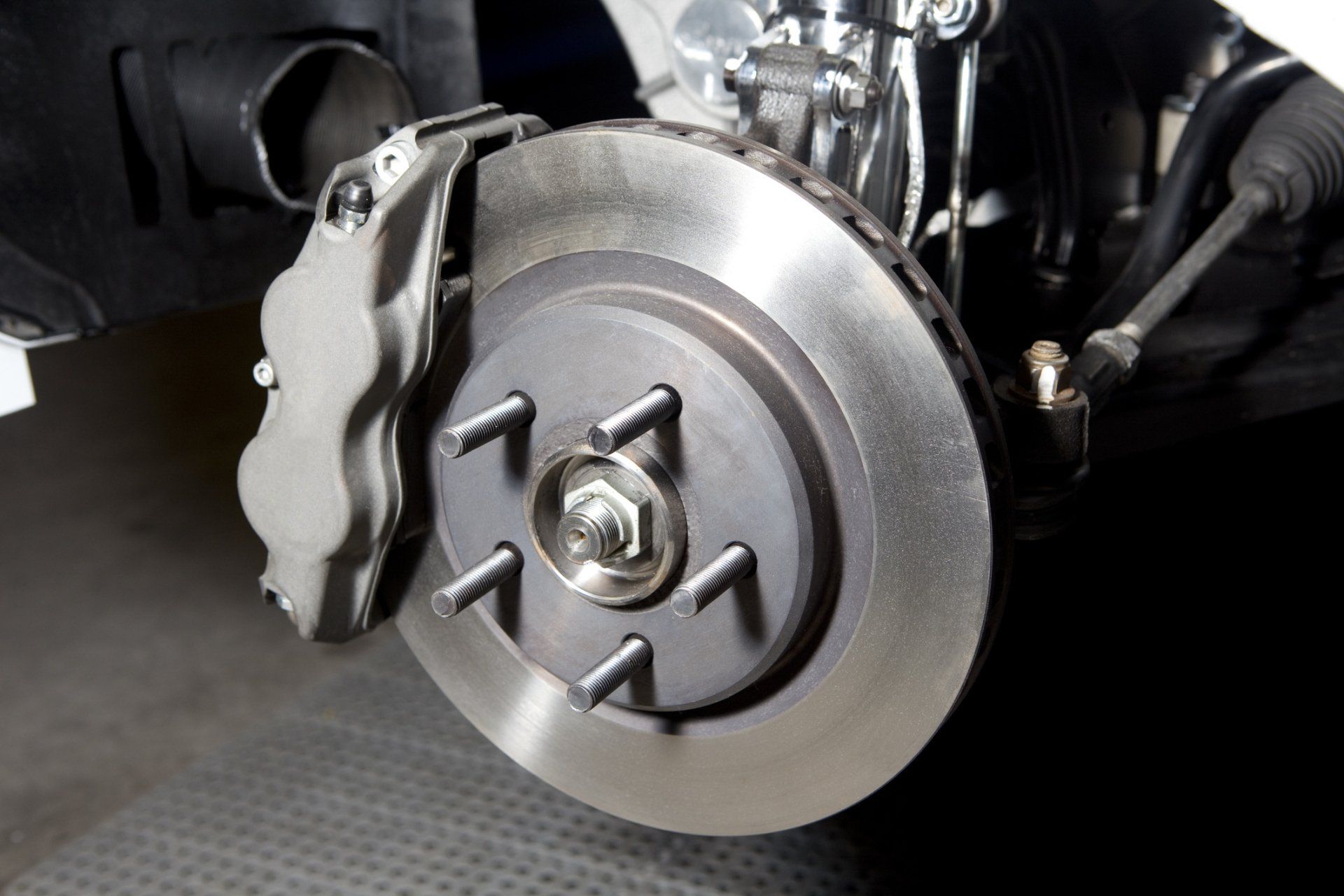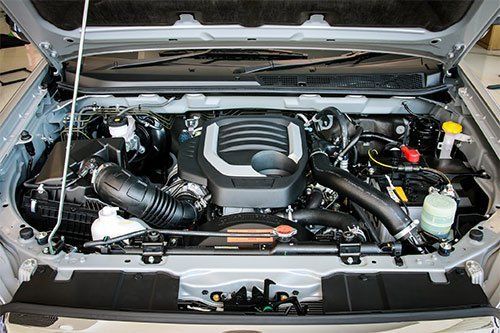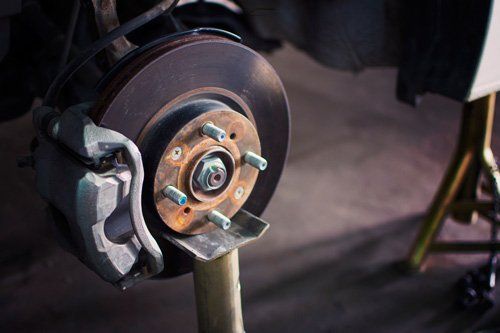4 Signs of Worn-Out Shocks
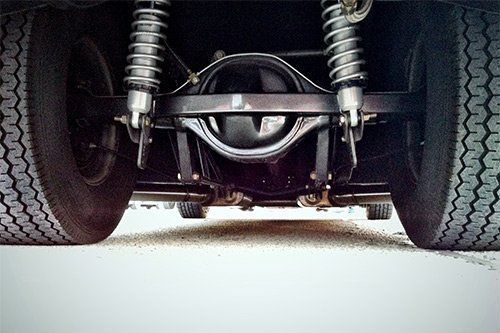
The brakes and tires on a car play key roles in ensuring stability and safety while on the road. Yet an equally important safety component often gets overlooked: your shocks. Part of your vehicle's suspension system, the shocks ensure that your tires remain in constant contact with the road, no matter how bumpy or uneven it becomes.
As shocks age, your car struggles to maintain roadway contact, making it harder and harder to keep control of your vehicle. Unfortunately, many people fail to recognize the warning signs of shock problems. This article takes a closer look at four key signs of worn-out shocks.
1. Veering in Side Winds
Worn shocks most commonly manifest as an increased difficulty in controlling your car. However, many people unconsciously correct for small deviations in their car's handling, which can mask this symptom. Because the changes associated with worn shocks occur so gradually, the problem often goes on for a long time before you become aware that something isn't right.
To better gauge the state of your shocks, pay particular attention to how your car handles when subjected to crosswinds. Do you find yourself having to actively keep your car centered at such times? A clear-cut sign of aging shocks involves a tendency to veer to the side in such winds. As your shocks continue to wear, your car will display this problem in lighter and lighter wind conditions.
2. Tire Cupping
As noted above, worn shocks struggle to keep your tires in constant contact with the roadway. Instead, they tend to jostle up and down in response to imperfections in the roadway. This movement often leads to the tire wear pattern commonly referred to as cupping. If a tire is cupping, the entire circumference of the tire will not exhibit uniform wear. Instead, patches where the tread has noticeably worn down will alternate with patches where the tread remains relatively fresh. The worn patches correspond to the parts of the tire that experience a greater amount of friction as they come in contact with the ground.
Unless you deal with the underlying problem, the cupping will only grow worse. Eventually it will cause the tread depth on parts of your tire to fall below the legally mandated threshold of 2/32". Even though the rest of your tire may remain in good condition, the excessively cupped areas will mean you have to get new tires.
3. Steering Wheel Vibration
As part of your vehicle's suspension system, the shocks help to absorb and contain unwanted vibrations induced by the road you travel over. In a car with working shocks, such vibrations seldom affect your experience behind the wheel. As your shocks age, however, those vibrations start to travel up the steering column.
Soon you may notice that your steering wheel has begun to vibrate while driving. Unless attended to, the problem will only grow worse. Eventually you may find yourself having to actively wrestle with the steering wheel in order to keep your car traveling on a straight path down the road.
4. Increased Stopping Distances
By promoting uneven contact between tires and road, worn shocks make it harder for your car to come to a complete stop. Ultimately, worn shocks may increase your stopping distance by as much as 20 percent. This increase can prove critical when you need to stop in dangerous conditions, putting you and your family at a greater risk of injury if you cannot stop in time.
The shocks on your car play a critical role in keeping you and your passengers safe while on the road. For more information about what it takes to keep your shocks in top condition, please contact the auto experts at Midland Muffler and Brake.
